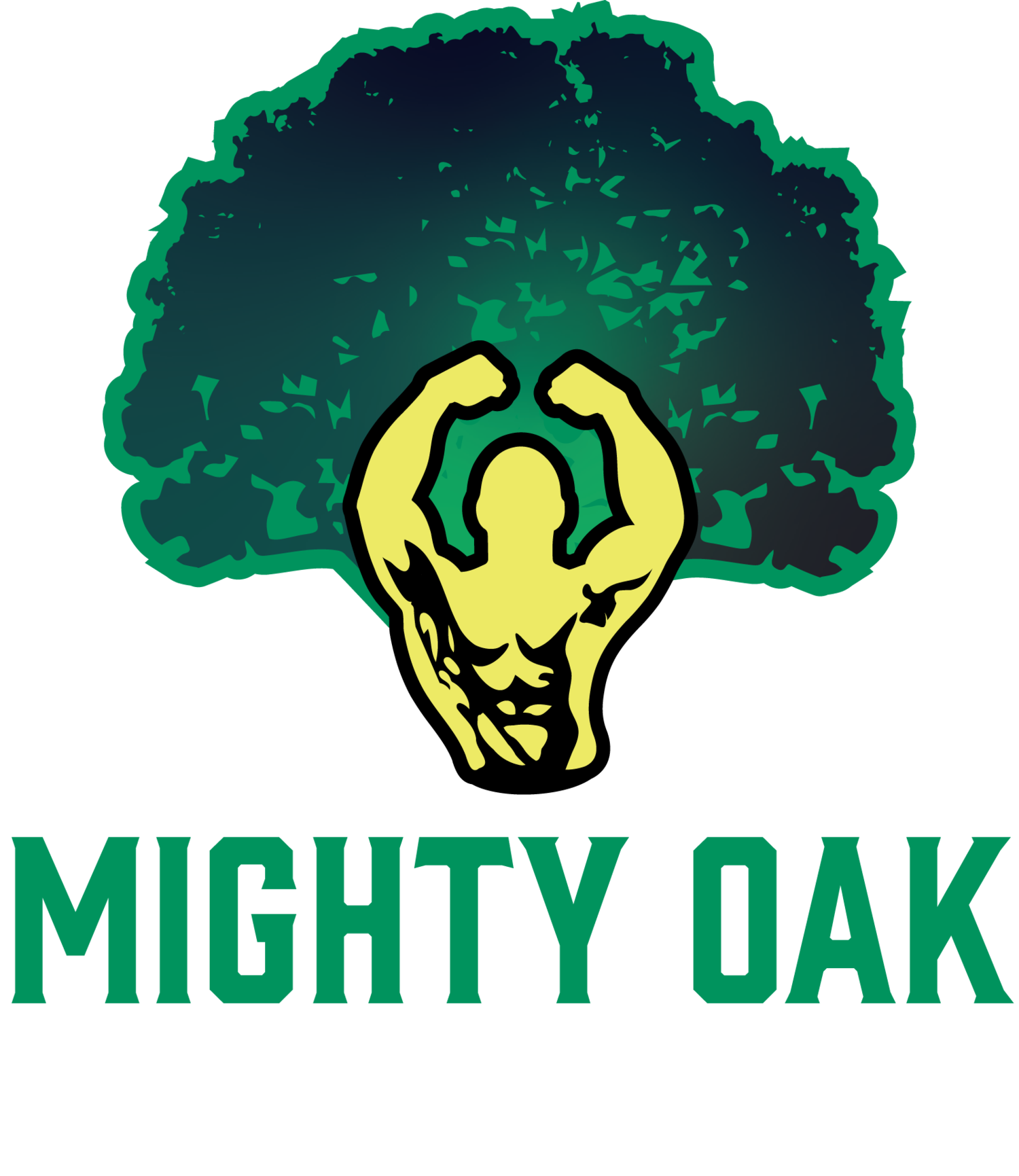The Ultimate Guide to Strength Training Progression for Peak Sports Performance
The map on Strength Training Progression for Sports Performance outlines a systematic approach to enhancing athletic performance through targeted strength training. This essay will delve into the components of the map, providing a comprehensive explanation of each phase, its objectives, recommended exercises, and the significance of periodization in an athlete's training regimen.
Foundational Strength
The cornerstone of any strength training program, foundational strength focuses on building a solid base of general strength and muscle endurance. This phase is critical for athletes new to strength training or those returning after a hiatus. The primary objectives here are to prepare the body for more intense training loads and to establish neuromuscular adaptations. Key exercises such as squats, deadlifts, and presses are emphasized due to their effectiveness in engaging multiple muscle groups, thereby improving overall strength and stability.
Hypertrophy
Following the establishment of foundational strength, the next phase is hypertrophy, aimed at increasing muscle size and supporting further strength gains. This phase is not solely about aesthetic improvements but serves to increase the muscle fibers' cross-sectional area, which is pivotal for enhancing force production. Exercises in this phase, including leg presses, pull-ups, and kettlebell presses, are designed to target specific muscle groups with higher volume and moderate to high intensities to stimulate muscle growth.
Maximal Strength
The maximal strength phase is where athletes focus on maximizing their force production capabilities and improving neural efficiency. This phase is crucial for athletes who require significant strength in their sports, such as football linemen or shot putters. The training involves high-intensity exercises with lower repetitions to increase the maximum amount of force an athlete can produce. Olympic lifts, heavy squats, and powerlifting movements are staples of this phase, challenging the athletes to lift near their maximum capacity.
Power
Power training bridges the gap between strength and speed, focusing on increasing explosive strength, speed, and agility. This phase is vital for athletes needing quick bursts of movement, such as sprinters, basketball players, and soccer players. Plyometrics, sprint drills, and box jumps are typical exercises, emphasizing rapid force production and neuromuscular efficiency to enhance performance in dynamic sports situations.
Periodization
Underpinning these phases is the concept of periodization, a systematic planning of athletic training that varies the focus and intensity over specific periods. Periodization is essential to prevent overtraining, minimize the risk of injury, and ensure continuous improvement. It involves cycling through the phases of foundational strength, hypertrophy, maximal strength, and power training, with adjustments based on the athlete's progress, specific sport demands, and competition schedule.
The Strength Training Progression for Sports Performance map provides a structured blueprint for athletes seeking to improve their performance through strength training. By following this progression, athletes can build a robust foundation, increase muscle size, maximize strength, and enhance their power and explosiveness. Periodization ensures that these gains are achieved safely and sustainably, allowing athletes to peak at the right moments in their competitive seasons. The Mighty Oak Athletic program embodies these principles, guiding athletes toward achieving their full potential with a scientifically backed, methodical approach to strength training.

